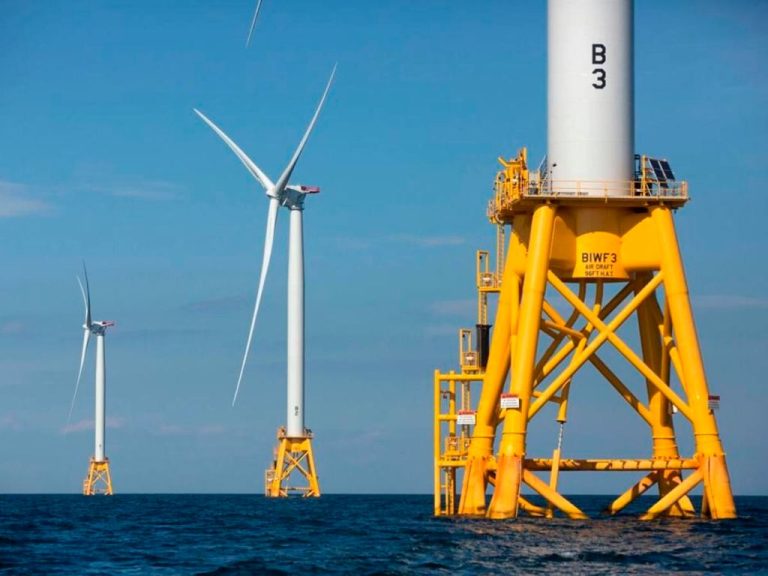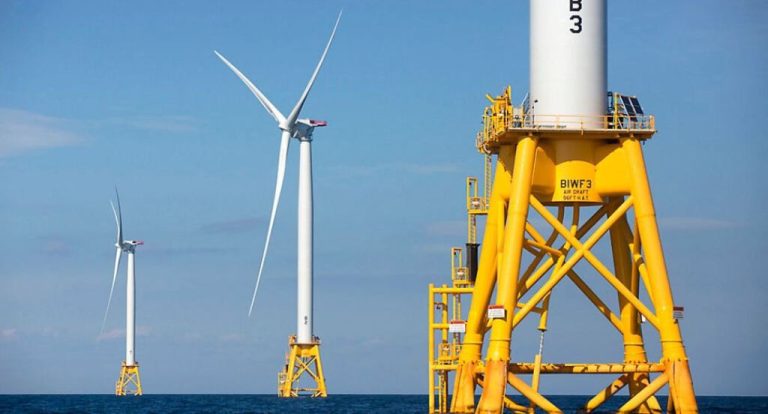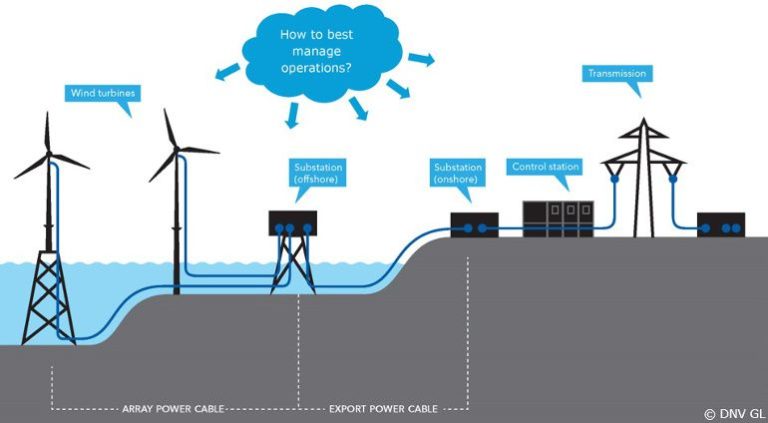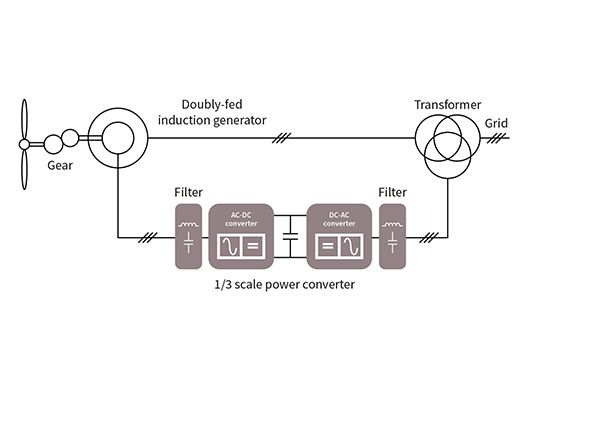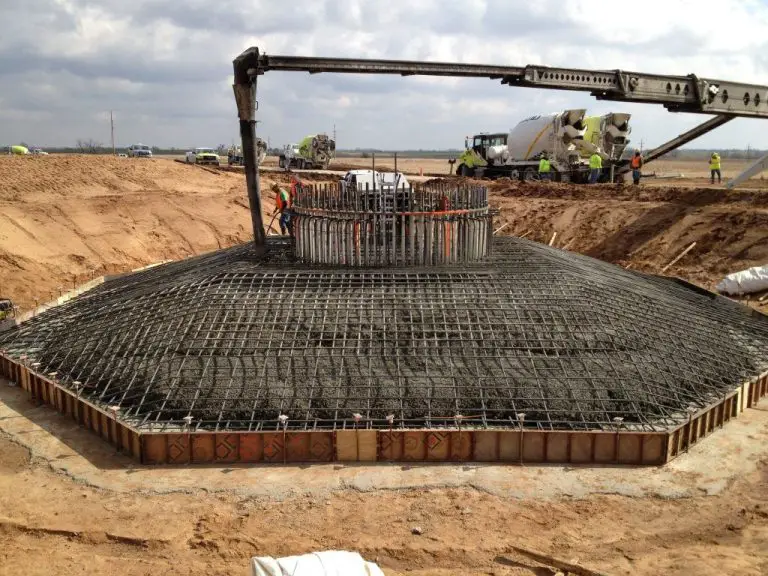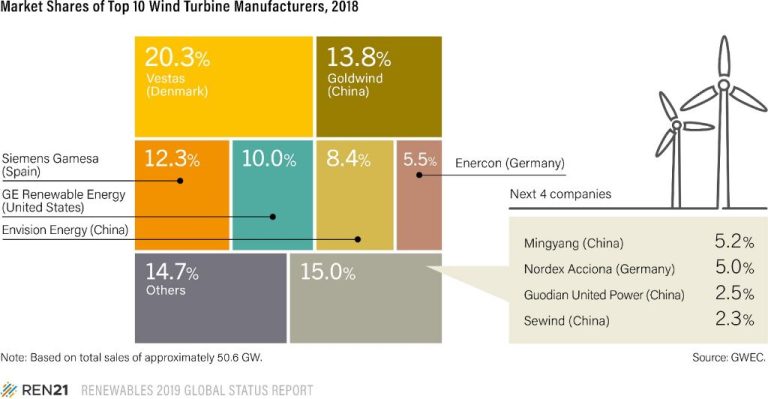How Reliable Is Wind Electricity?
Wind power has grown rapidly in recent decades and now provides over 7% of electricity in the United States and over 10% globally according to the American Wind Energy Association [Wind power in the United States – Wikipedia](https://en.wikipedia.org/wiki/Wind_power_in_the_United_States). Reliability refers to the ability of the electrical grid to provide continuous electricity, even when there are changes in supply or demand. Major factors affecting reliability of wind power include wind variability, geographic diversity of wind farms, forecasting accuracy, transmission infrastructure capacity, and integration with other sources like energy storage and supplemental generation.
Wind Speed Variability
One of the main challenges with wind power is that wind speeds change dramatically throughout the day and across seasons. Wind turbines require consistent wind speeds within a certain range to operate optimally. When the wind dies down or picks up too much, wind turbine output can fluctuate significantly (citation).
This inherent variability and intermittency of wind poses challenges for integrating large amounts of wind energy into the electric grid. Grid operators must ensure that electricity supply and demand are constantly balanced. The unpredictable fluctuations in wind power output make it more difficult to maintain this balance (citation).
Geographic Diversity
Building wind farms across diverse geographic regions helps smooth out variability in wind speeds. As Elon Musk said, “The grid allows you to have geographic diversity (wind farms in different places . . . it is always windy somewhere)” (Elon Musk, 2015). When wind farms are spread over a wide area, it’s rare for the wind to stop blowing across the entire region at the same time. This geographic diversity means the aggregate wind output becomes more stable and reliable.
By building wind farms far apart from each other, the variability averages out. If the wind in one area dies down, another area can likely pick up the slack. Grid operators can match supply with demand more easily with geographically diverse wind farms.
Forecasting
Advanced weather models have made wind forecasting increasingly accurate. Power companies are investing in advanced forecasting technology like GE’s Predix platform to predict wind availability up to 3 weeks in advance with a high degree of accuracy. This allows grid operators to optimize scheduling of power plants and plan ahead to integrate wind energy effectively.
According to a comprehensive review on wind forecasting, models have improved significantly in recent years. However wind forecasting accuracy is still impacted by natural uncertainties like rapid weather changes. Continued improvements in weather modeling, data collection, and machine learning algorithms will further boost forecasting abilities. (Yang et al., 2021)
Accurate forecasts enable grid operators to schedule the right amount of reserves and ramping capability from conventional plants when wind output changes. This integration of wind with flexible grid operation strategies ensures reliable electricity despite variability. As GE states, with advanced forecasting “Exelon optimizes wind to generate power when it’s needed most.” (GE Digital)
Transmission Infrastructure
Wind energy relies on new long-distance transmission lines to connect diverse wind resources and efficiently deliver the electricity they generate (https://fresh-energy.org/wp-content/uploads/2014/12/2014Annual_Report_web-compressed.pdf). Wind turbines are often located in rural areas far from cities where electricity demand is highest. New high-voltage direct current (HVDC) transmission lines are efficient for carrying large amounts of electricity over long distances. These lines connect regional grids and allow utilities to tap into the most productive wind resources.
Expanding and upgrading the transmission grid provides more pathways for wind power to reach demand centers. Studies show transmission upgrades more than pay for themselves through improved reliability, market integration, and reduced electricity costs (https://www.politico.com/newsletters/morning-energy/2021/06/25/the-biden-blessed-bipartisan-bargain-796141). Transmission unlocks the potential of the nation’s immense wind resources and is key for integrating large amounts of wind onto the power system.
Energy Storage
One way to smooth out the variability in wind power generation is by pairing wind farms with energy storage solutions like batteries. Energy storage systems can store excess electricity generated when winds are strong and wind power output is high, and discharge the stored electricity when wind speeds fall. This helps create a more consistent and reliable source of power from wind.
Lithium-ion batteries are a popular storage technology used with wind farms, providing short-duration storage to smooth wind fluctuations over hours or days. Flow batteries and compressed air energy storage can provide longer-duration storage over weeks or even months when wind resources are lower [1].
Pairing offshore wind farms with energy storage can be especially beneficial. A recent analysis found combining offshore wind and liquid air energy storage could provide consistent, dispatchable renewable electricity at a lower levelized cost than alternatives [2].
Demand Response
One way to address the variability of wind power is through demand response programs. These programs aim to better match electricity demand with the available wind supply by incentivizing consumers to adjust their power usage based on real-time conditions.
With the growth of smart grid infrastructure and smart appliances, demand response can be automated through direct utility control. For example, a utility could remotely cycle air conditioners or electric water heaters off and on to reduce demand when wind availability is low. Smart thermostats and appliances with built-in demand response capabilities can take cues from the grid to operate more efficiently.
By linking demand response to wind availability forecasts, utilities can preemptively reduce load before anticipated lulls in wind generation. This helps balance supply and demand while avoiding the need to ramp up more expensive supplemental generation at the last minute. Overall, intelligent management of electricity demand allows for greater utilization of variable wind resources.
Sources:
https://energy5.com/smart-charging-and-grid-integration-balancing-energy-demand-and-supply
https://www.nrel.gov/docs/fy10osti/48247.pdf
Supplemental Generation
Natural gas power plants can provide supplemental electricity generation when wind resources are low. As the National Renewable Energy Laboratory reports, natural gas power plants are flexible and can ramp up or down quickly to accommodate fluctuations in wind generation (https://afdc.energy.gov/fuels/natural_gas_infrastructure.html). Having natural gas plants available improves grid reliability when wind generation is variable or unavailable.
Because natural gas power plants can start up quickly compared to alternatives like coal, they are well-suited to fill in gaps when wind generation falls short of demand. This allows natural gas to complement renewables like wind and maintain reliable grid operations (https://www.enbridge.com/energy-matters/news-and-views/natural-gas-helping-hand-for-renewables). By providing backup power, natural gas plants enable greater integration of wind energy while ensuring electricity supply consistently meets demand.
Grid Operator Strategies
Grid operators have developed sophisticated strategies to reliably integrate variable wind power into the electricity system. These strategies focus on effectively coordinating diverse energy resources to balance supply and demand.
One key strategy is implementing advanced operational practices and market rules that account for wind’s variability and uncertainty (Greening the Grid). For example, grid operators can schedule power plant and transmission operations based on wind forecasts. They can also adjust market rules to incentivize flexible generation and demand response.
Another important approach is taking advantage of geographic diversity in wind resources. Wind conditions vary over large regions, so integrating wind farms that are widely distributed helps smooth overall wind generation (NDC Partnership). Grid operators can then balance the total wind supply with other resources.
By implementing robust strategies and coordination, grid operators can effectively integrate large amounts of variable wind power and maintain reliable electricity delivery.
Conclusion
In conclusion, while wind power generation can fluctuate due to variable wind speeds, there are numerous solutions to ensure grid reliability. Wind power’s contribution to clean electricity generation continues to grow through geographic diversity, accurate forecasting, robust transmission infrastructure, energy storage techniques, demand response programs, quick-start supplemental power plants, and strategies employed by grid operators. Though integrating large amounts of wind energy poses challenges, solutions exist to smooth out fluctuations and maintain a stable, reliable grid.

